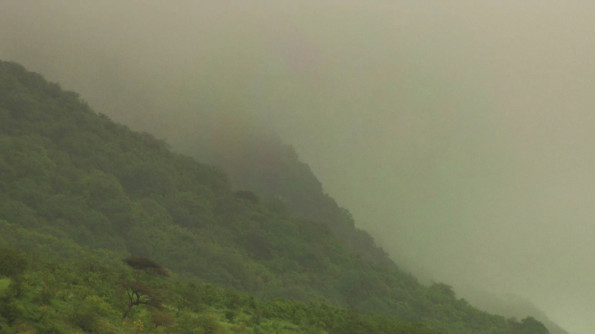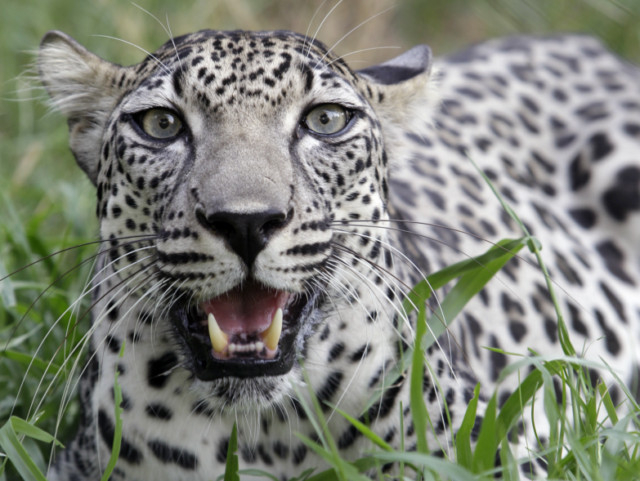
Dubai: One of the most endangered species of animals in the Arabian highlands — the Dhofar mountains of Oman is the Arabian leopard.
According to the last census conducted by the International Union for Conservation of Nature (IUCN), the Arabian leopard (Panthera pardus nimr) is critically endangered, with fewer than 200 creatures estimated to be alive in 2006.
Two Omani friends who lived in the hills and belong to the Jabbali tribe are wildlife lovers who have embarked upon a journey to track and trace the elusive leopard in the Omani mountains during the recent Khareef season (autumn), which entices the reclusive creature into the open, and they fear that the current number of leopards may be less than 200.
Their efforts will be broadcast by CNN in October.
Hadi Al Hikmani, a wildlife specialist officer for the conservation of the environment, lead the charge in the remote mountains west of Salalah while his friend Khaled, who works for a government conservation project, accompanied him on this trek.
In pursuit of the magnificent creature the duo hiked right up to the Yemeni border capturing rare footage of the animal. Al Hikmani has been tracking the leopards for the last seven years and continues his quest, dogged in his determination.
“They are big cats with pale yellow fur and distinctive black spots. Centuries ago, they roamed freely across Arabia, from the UAE to Jordan. But with new roads, new villages and more people moving in ... leopards are losing ground fast. They’re also losing their prey, like the ibex ... they too are disappearing,” said Hikmani, who sees the leopards as part of his heritage and fears they could soon be extinct. Hikmani voiced his worst fears: “In the region, we lost the cheetah. There are other species that have been extinct from the region. So, it will be very sad to lose an animal which uses this area and has been a part of the region and part of the culture of the Arabian Peninsula.”
Hadi and Khaled continue their journey to sight and follow the animals. One problem though: they’re not easy to find. The friends look for tracks, faeces, and fresh scrapes. Leopards mark territory using their hind legs.
Over the past 7 years, Al Hikmani has placed some 100 cameras in the mountains. Using motion-detecting sensors, he can capture rare frames. These images help Al Hikmani to learn more about leopard numbers, activities, and how best to protect them.
Leopards are more active during the cool Khareef season. But wet air often interferes with Al Hikmani’s cameras. Other animals do too, like a hyena that attacked one of his lenses. It can take Al Hikmani months to capture one good frame. But it’s always worth the wait.
The footage will be aired on CNN’s Inside The Middle East programme in October.















